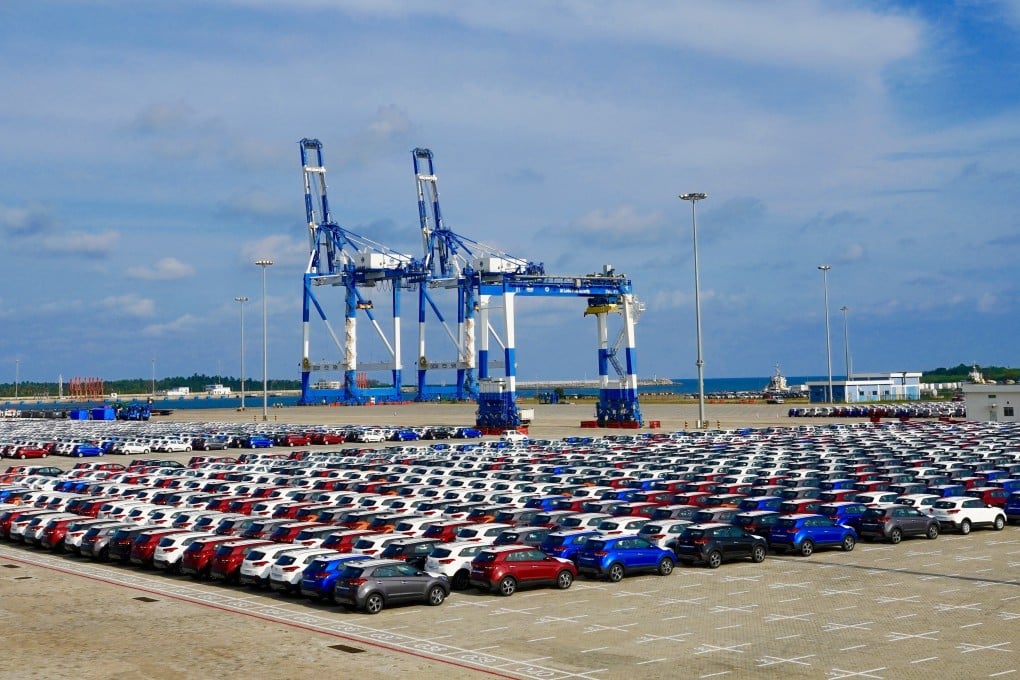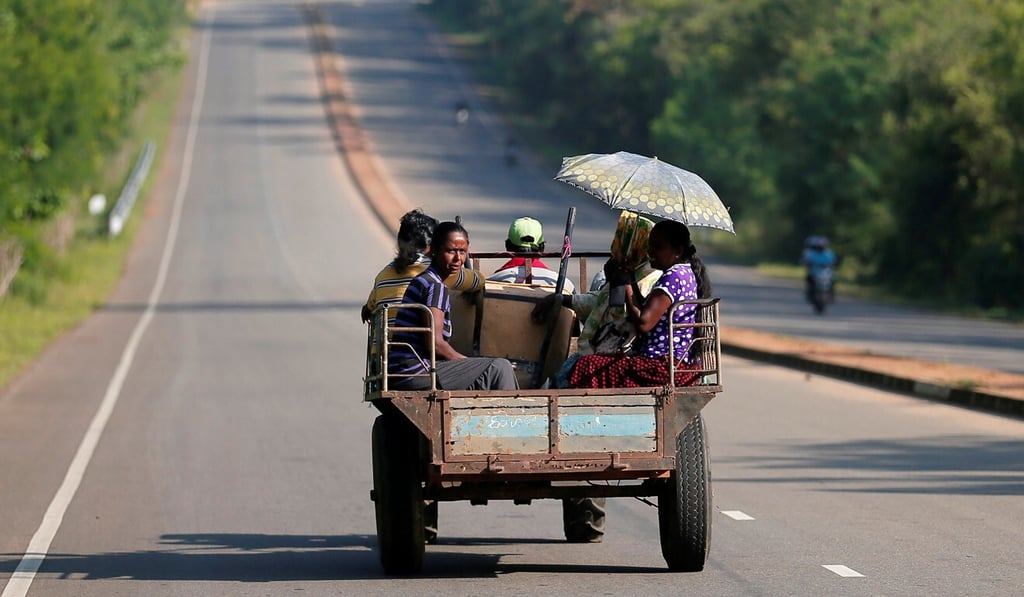Advertisement
The truth about Sri Lanka’s Hambantota port, Chinese ‘debt traps’ and ‘asset seizures’
- Interviews, including with Sri Lankan officials, debunk claims the port was signed away to service Chinese debt
- Chinese infrastructure loans have not led to the forfeiture of a single valuable asset abroad
Reading Time:3 minutes
Why you can trust SCMP
0

When critics of Beijing accuse the government of debt traps and other predatory policies, the example that crops up is almost always that of the Chinese-built Hambantota International Port in Sri Lanka.
The government of Sri Lanka, a country where Chinese firms have also financed and constructed railways, roads and power stations, allegedly failed to repay Chinese loans to build the port and was then forced to lease it to China, which covets the port as a naval base.
It is part of an oft-told tale that China provides infrastructure loans to developing countries, often as part of the Belt and Road Initiative, knowing they cannot be repaid, allowing China to seize borrowing states’ valuable assets.
US consultants the Rhodium Group recently released a study into Chinese asset seizures and found just one instance: the above-mentioned Hambantota port.
However, interviews we have done in Sri Lanka show that even this lone instance is not remotely true.

Advertisement